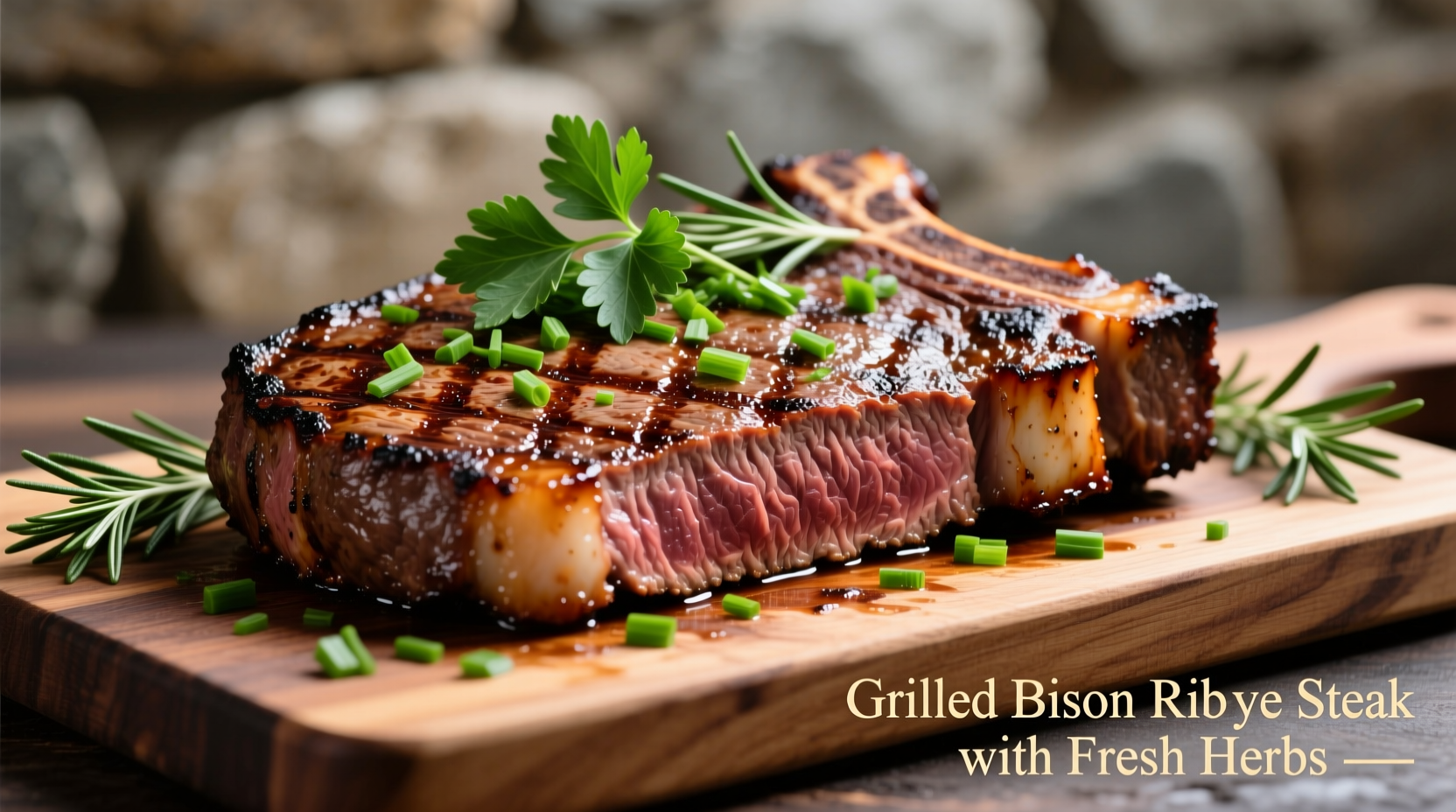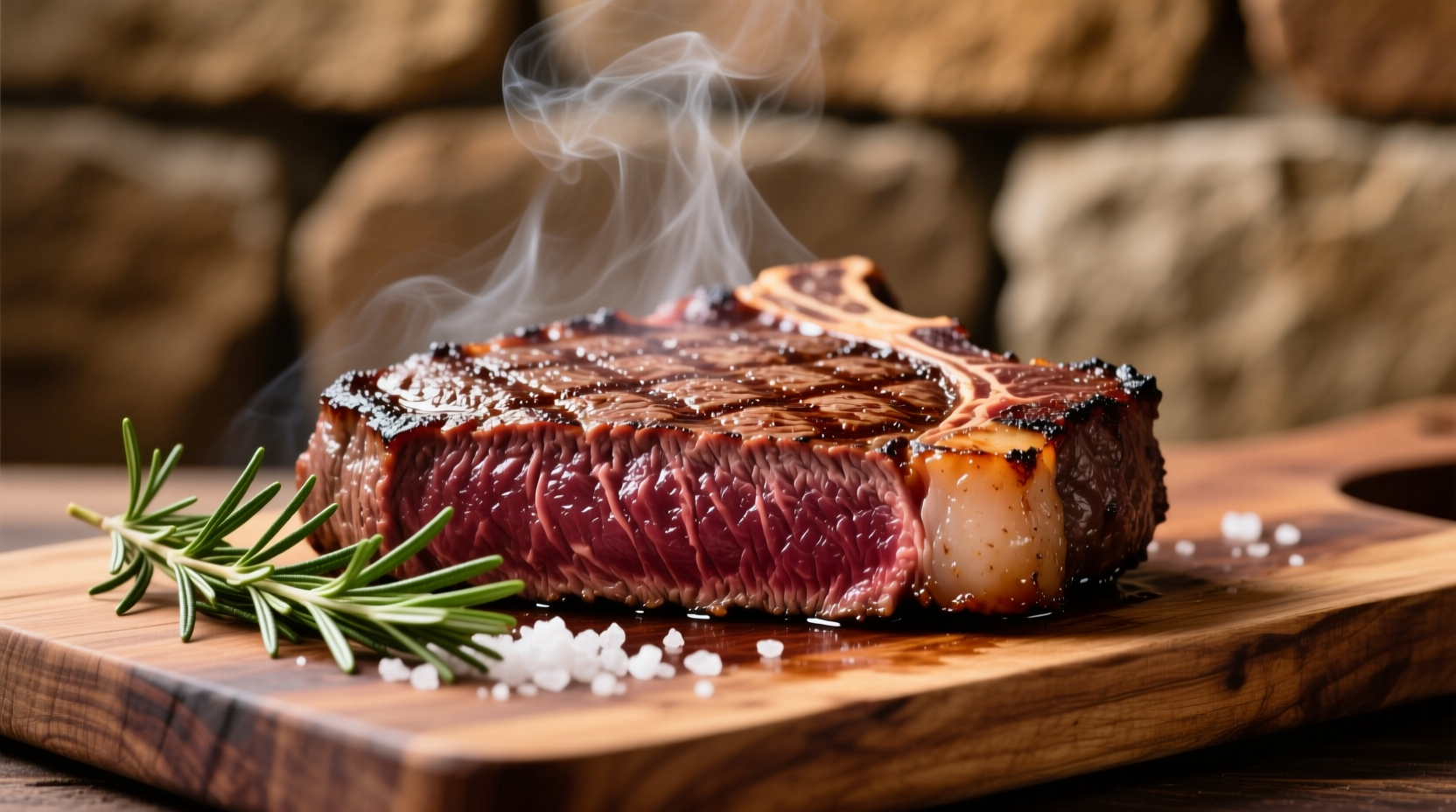Curious about trying bison but wondering what does bison taste like? You're not alone. As more home cooks explore sustainable protein options, bison has emerged as a popular alternative to traditional beef. Unlike what many assume, bison doesn't taste overwhelmingly “gamey”—instead, it offers a sophisticated flavor profile that surprises first-time tasters.
How Bison Compares to Familiar Meats
Understanding what bison tastes like compared to beef starts with recognizing its unique position in the meat spectrum. Bison shares beef's savory umami foundation but with distinct differences:
- Sweetness: Noticeably sweeter than grain-fed beef due to natural grass diet
- Richness: Deeper, more complex flavor without beef's sometimes fatty notes
- Earthiness: Subtle mineral notes from wild grazing habits
- Texture: Finer grain and less marbling creates a cleaner mouthfeel
Contrary to popular belief, is bison meat gamey depends largely on preparation and source. Commercially raised bison from reputable farms shows minimal gaminess—more comparable to premium grass-fed beef than wild game.
| Characteristic | Bison | Grass-Fed Beef | Conventional Beef |
|---|---|---|---|
| Flavor Profile | Clean, slightly sweet, subtle earthiness | Bold, grassy notes | Rich, fatty, familiar beefiness |
| Marbling | Minimal | Moderate | High |
| Gamey Perception | Low (when properly raised) | None | None |
| Aftertaste | Clean, refreshing | Persistent | Heavy, fatty |
What Affects Bison's Flavor Profile
Several factors determine what does bison taste like in your kitchen:
Diet and Habitat
According to USDA agricultural research, bison raised on native grasslands develop more complex flavor compounds than those finished with grains. The National Bison Association confirms that 95% of commercial bison eat primarily grass, contributing to their distinctive sweet notes. This natural diet creates higher levels of beneficial omega-3 fatty acids compared to conventional beef—a fact verified by Colorado State University's meat science department.
Cooking Technique Matters Most
The biggest mistake home cooks make with bison is overcooking. Due to its leanness (bison vs beef nutrition facts show 25% less fat), bison cooks faster and dries out easily. Food safety guidelines from the USDA recommend:
- Rare to medium-rare (130°-140°F) for optimal tenderness
- 30% shorter cooking time than equivalent beef cuts
- Always resting meat for 5-10 minutes before slicing

Nutritional Advantages You Can Taste
The nutritional benefits of bison meat directly influence its flavor experience. With 38% less total fat and 25% fewer calories than beef (per USDA FoodData Central), bison delivers cleaner-tasting protein. Chefs notice its higher iron content creates richer color and more pronounced savory notes. The absence of added hormones or routine antibiotics in certified bison (per American Grassfed Association standards) means no chemical aftertaste that sometimes plagues conventional meats.
Practical Tips for First-Time Bison Cooks
Follow these professional kitchen-tested methods to experience the best what does bison taste like has to offer:
Marinating Wisdom
Unlike beef, bison doesn't need heavy marinades that mask its delicate flavor. Antonio Rodriguez, chef and meat specialist, recommends: “Use acidic components like citrus or vinegar sparingly—they can ‘cook’ the lean meat. Instead, enhance bison with olive oil, fresh herbs, and just enough salt to draw out natural sweetness.”
Cut Selection Guide
Certain cuts showcase bison vs beef flavor difference better than others:
- Best for grilling: Ribeye, strip steak (cook to medium-rare max)
- Best for slow cooking: Chuck roast, short ribs (compensates for leanness)
- Avoid: Very lean cuts like eye of round for quick cooking methods
Flavor Pairing Suggestions
Bison's subtle complexity shines with complementary flavors:
- Herbs: Rosemary, thyme, sage
- Spices: Black pepper, juniper berries, smoked paprika
- Sauces: Red wine reductions, mushroom sauces, berry compotes
- Sides: Roasted root vegetables, wild rice, grilled asparagus
Where to Find Quality Bison Meat
Not all bison tastes the same. For authentic what does bison taste like experience, look for:
- Certified American Bison Association (ABA) products
- Grass-fed and finished labeling
- Clear origin information (regional differences exist)
- Freshness indicators (deep red color, firm texture)
Many specialty grocers and farmers markets now carry bison. When shopping, ask about the animal's diet and age—younger bison (18-24 months) typically offers the most tender, mild-flavored meat.











 浙公网安备
33010002000092号
浙公网安备
33010002000092号 浙B2-20120091-4
浙B2-20120091-4